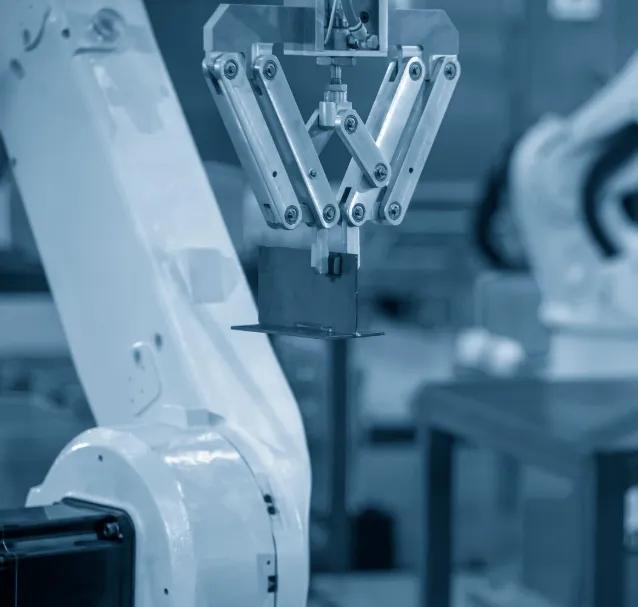In the world of industrial manufacturing, die casting is a critical process used to create intricate metal components across various industries. While it’s an essential method, die casting can present challenges around efficiency, consistency, and reliability. However, the integration of robotics into the die casting process has significantly improved these areas, transforming how the process is approached and executed. With the help of leading robotics companies like KUKA, Fanuc, and Motoman, die casting and foundry applications are now more productive, precise, and efficient than ever.
How Robotics Enhance the Die Casting Process
Robots have brought automation to die casting, making the pouring of molten metal into reusable molds faster and more accurate. These machines have applications in various industries, and while material handling is common, the casting and foundry processes themselves benefit greatly from robotic intervention. By automating repetitive tasks, robots increase production speed, ensure higher quality, and reduce human error.
KUKA Robots: Transforming Die Casting Cells
KUKA has been a pioneer in revolutionizing die casting with automation. Traditional die casting methods often involve considerable downtime during setup and maintenance, resulting in underused machinery. To combat this, KUKA integrated robots into the workflow, improving machine utilization and streamlining operations.
KUKA KR 125 Robots: A Game Changer
The KUKA KR 125 robots are used in automotive die casting applications to transform basic die casting cells into fully automated systems. These robots are tasked with removing parts, spraying molds with a release agent, and loading thixocasting billets. The robots are mounted above the machines and can start the mold spraying process immediately after the controller releases the part, improving both efficiency and consistency.
Audi’s Success with KUKA Robotics
Audi AG’s implementation of KUKA robots showcases the dramatic improvements in process reliability, repeatability, and flexibility. For their die casting operations, Audi chose the six-axis Series 2000 KR 210 L150 F KUKA robot. This robot grabs the casting from the mold after it opens and uses ejectors to remove the casting. The robot then performs quality control checks by holding the part up to an inspection station equipped with sensors. Defective parts are marked with a red dot, and the robot sprays and dries the mold to prepare it for the next cycle.
Fanuc Robots: A Foundation for Die Casting Automation
Fanuc has long been a trusted name in industrial robotics, offering versatile robots for die casting and foundry applications. Their robots play key roles in various tasks such as casting extraction, die cooling, lubrication, and molten metal handling.
Fanuc LR Mate 200iC/5L and R-2000iS Robots
The Fanuc LR Mate 200iC/5L robot is a great example of their capabilities in die casting. Used for deburring aluminum die-cast parts, this robot employs an ATI pneumatic spindle to smooth rough edges and ensure the parts meet quality standards. Additionally, Fanuc’s R-2000iS robots are employed in automated die casting processes for lawn and garden equipment, demonstrating their flexibility across different industries.
Motoman: Delivering Robust Die Casting Solutions
Motoman robots are known for their reliability and ruggedness, making them ideal for die casting environments. Featuring IP67-rated wrists and anti-corrosive paint, these robots are built to withstand the tough conditions often found in casting operations. Motoman’s die casting lineup includes models like the MH80, MS80w(MH), ES165D, HP350D-200, and HP600D, each suited to different applications and payloads.
Why Embrace Robotic Die Casting?
The integration of robotics into die casting processes offers numerous advantages. Automation significantly boosts efficiency, consistency, and safety. Robots excel at performing repetitive, high-precision tasks, reducing human error and enhancing overall product quality. The ability to automate complex processes means fewer delays, less downtime, and a faster turnaround time, all of which contribute to increased productivity.
Adopting robotic die casting solutions can help industries keep pace with growing demands while ensuring that their processes remain reliable and cost-effective. With robots handling the heavy lifting, manufacturers can focus on innovation and improve their competitive edge in the market. The investment in robotic automation for die casting is not only a smart move but also a necessary step towards optimizing operations in today’s fast-moving industrial landscape.







